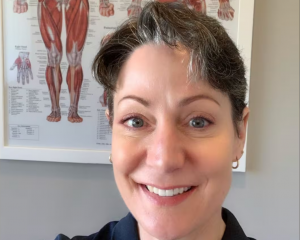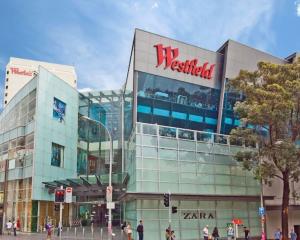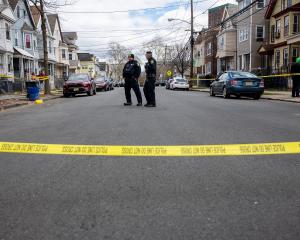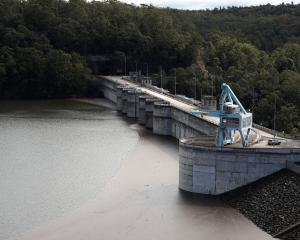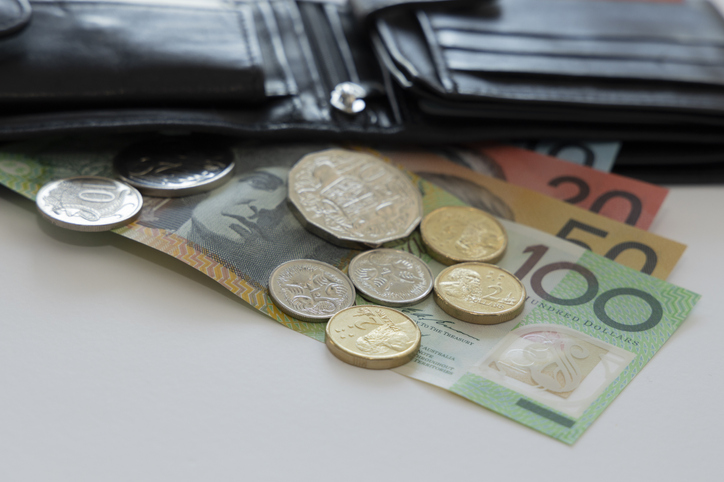
The Reserve Bank of Australia raised the cash rate by 50 basis points to 0.85 percent at its monthly board meeting on Tuesday, larger than most economists had been expecting.
It means the cost of repaying a $500,000 standard variable rate mortgage will rise by $153 a month if retail banks pass on the RBA's increase in full.
It is the largest single cash rate hike since 2000 and comes on top of the 25 basis point increase in May, which was the first rise in over a decade.
"Inflation in Australia has increased significantly," RBA governor Philip Lowe said in a statement on Tuesday.
"Higher prices for electricity and gas and recent increases in petrol prices mean that, in the near term, inflation is likely to be higher than was expected a month ago."
He warned the size and timing of future interest rate increases will be guided by incoming economic data.
Westpac was the first of the banks to pass on the hike, lifting its variable interest rates by the full 0.5 percentage points.
Dr Chalmers said Australians had expected higher interest rates, "but that doesn't make this news any less difficult".
"We need to be honest and up front with the Australian people about the nature, the severity, the magnitude of this inflation challenge that we confront," he told reporters in Brisbane.
"It is the universal expectation across economists and government and the Reserve Bank that this inflation challenge will get harder before it gets easier."
Dr Chalmers has promised further cost of living support when he hands down his first budget in October and when measures introduced by the previous coalition government expire.
New shadow treasurer Angus Taylor said the most important thing a government can do to contain interest rates and inflation is to contain its spending.
Consumer confidence had already taken a further turn for the worse in the past week, as cost of living pressures mount and in anticipation of a further interest rate rise.
The weekly ANZ-Roy Morgan consumer confidence index - a pointer to future household spending - dropped 4.1 percent to 87, its lowest level since mid-August 2020, during the initial waves of the COVID-19 pandemic.
Consumer inflation expectations also rose 0.2 percentage points to 5.7 percent, the highest result since early April.
"Consumers are especially pessimistic about the current economic outlook and their current financial circumstances," ANZ head of Australian economics David Plank said.
Dr Lowe said while the economy has proved resilient and the labour market has remained strong, one source of uncertainty about the outlook is how household spending evolves.
"This suggests that if household consumption growth slows more than expected, the RBA will soften the pace of tightening," KPMG chief economist Brendan Rynne said.
Australia's services sector is also under a cloud with sales turning flat in May after several buoyant months, employment falling, and new orders declining slightly, Ai Group chief executive Innes Willox said.
At the same time, price pressures remained high, supply disruptions continued and difficulties securing staff remained.
"The flat sales outcomes and the steam coming out of new orders may be an early reaction to actual and anticipated interest rate rises," Mr Willox said.
The Australian Industry Group performance of services index tumbled 8.6 points to 49.2 in May, dropping below the key 50-point mark which separates contraction from expansion in the sector for the first time in six months.


